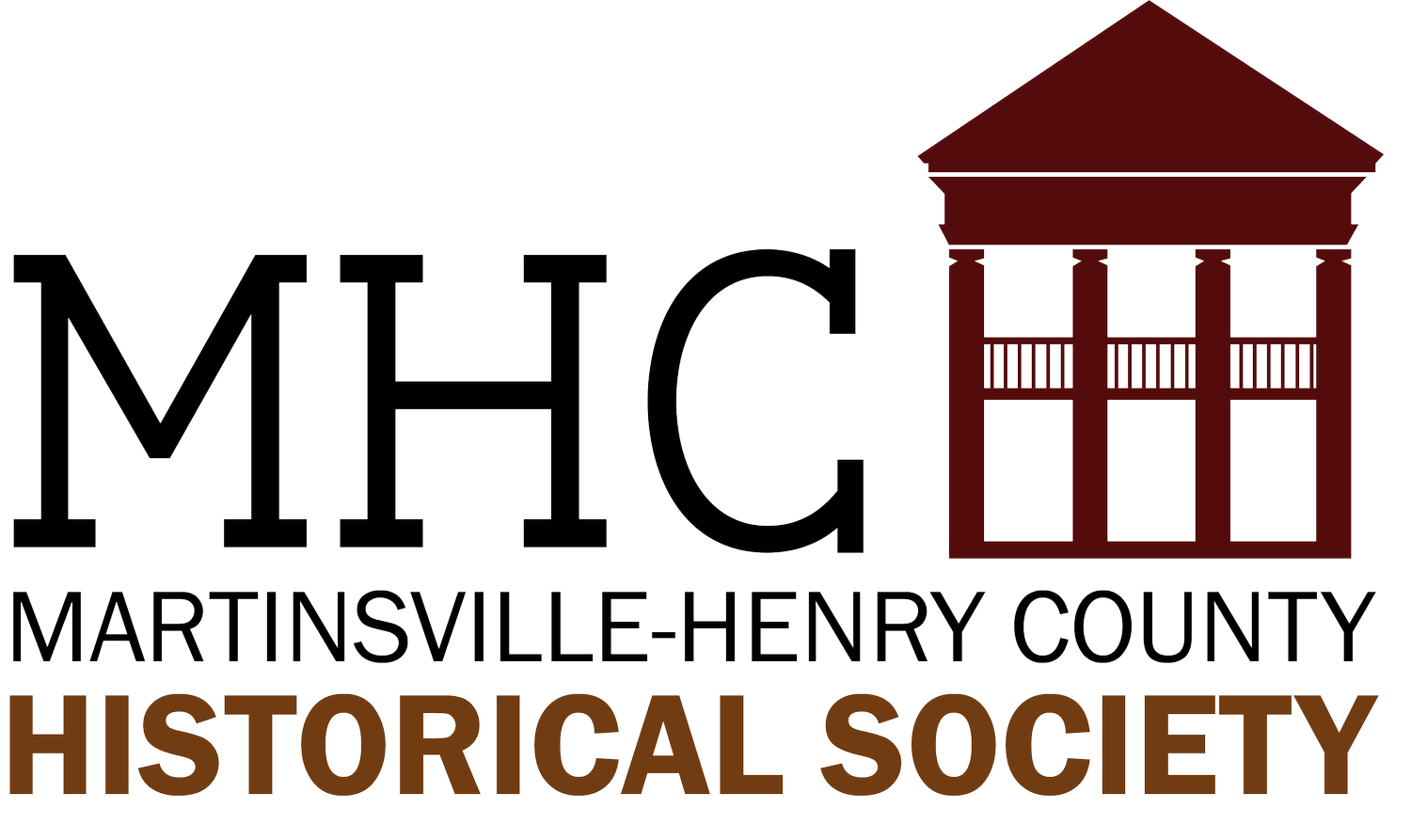The Maps of Thomas Jefferson
If you live in northwestern Henry County, it’s only by a near miss that you don’t have to say you live on Wart Mountain.
That’s the original English name of Chestnut Knob. Another early difference is that the Smith River used to be called the Irvine. Those and other details were revealed by Zack Fleming, in his program “The Maps of Thomas Jefferson,” which he gave recently as part of the Martinsville-Henry County Historical Society’s Sunday Afternoon Lecture Series.
Fleming runs a YouTube channel, @GeographyGeek, with geography videos, with his favorite being on historical maps, he said. They have “geography, history and art all in one.” It also is interesting reading the primary sources to see the world from the point of view of people discovering it for the first time, he said.
Jefferson (1743-1826) was a Founding Father, the primary writer of the Declaration of Independence, the third president of the United States, a lawyer, an architect and much more. An overlooked side of his personality and achievements is his interest in cartography (maps), Fleming said.
“Jefferson’s library at Monticello was the most extensive in the world on the subject of geography,” he said.
Jefferson learned surveying, geography and cartography from his father, Peter Jefferson. “Peter Jefferson arguably created one of the most important maps during the Colonial era, and certainly for Virginia,” he said.
An early map of the area that now is Martinsville and Henry and Patrick Counties was made by a survey team put together in 1728. Their mission was to define the sometimes unclear border between Virginia and the Carolinas, because back then, many colonists on or near the border didn’t pay taxes to one colony, claiming that they lived in the other colony, Fleming said.
What is now Smith River was then called Irvine River, which the map shows, along with the Mayo River and Dan River, and Matrimony Creek between the Irvine and the Mayo. “There was a little bit of confusion between the Dan River and the branches of the Mayo,” he said.
As settlers continued moving west, more maps were needed, “and that’s where Peter Jefferson came in.” Peter Jefferson and Joshua Fry, a William & Mary College professor, were chosen to continue the boundary line between Virginia and North Carolina, in 1749.
That map shows more information on the local area, between the Irvine River in present-day Bassett and the Dan River, in North Carolina just north of and parallel to the colonial (now state) border:
· The Great Wagon Road, now called The Great Road, perpendicular to the Irvine
· Blackberry, which meets the Irvine
· Reedy Creek, now called Reed Creek, which meets the Irvine after it has turned more sharply south
· Leatherwood Creek, southeast of Reedy Creek, and meeting the Irvine
· Sandy River, in present-day Axton, running into the Dan
· Crooked Creek, more west, meeting the Mayo South Branch
· Wart Mountain, now called Chestnut Knob.
Wart Mountain was named by William Byrd of the 1728 map, though he didn’t mark it on that map. He named it that because “he said it simply looked like a wart,” Fleming said.
The Great Wagon Road was a “semi-improved colonial road that went from Pennsylvania all the way down to Georgia.”
The first map to completely outline Virginia was the (Peter) Jefferson-Fry map, first published in 1753. Fleming gifted the Historical Society a framed copy of the French version of that map.
“The Jefferson-Fry map went on to be the source of many, many other maps,” he said. The most notable of those was the John Mitchell map, which has been called “the most important map in American history.”
That map was used as propaganda for disputes between the French and British, cited by some “as one of the reasons the French-Indian War occurred.” Another reason for its importance was that it was used by the British, Americans and Spanish for the Treaty of Paris in 1783 at the conclusion of the Revolutionary War to decide the borders that would become the United States.
In 1784 Thomas Jefferson was appointed as Minister to France, and while in Paris he used his father’s map to compile his own map, which accompanied the only book he ever wrote, “Notes on the State of Virginia,” written in 1781.
One of the sources Thomas Jefferson wanted to use but couldn’t get was John Henry’s 1770 map on counties. John Henry was the father of Patrick Henry.
Thomas Jefferson “made some of his own interesting additions to the geography of the region,” Fleming said. “He proposed three new states.”
A decade after his map, Thomas Jefferson became president, and in that role he oversaw five major expeditions, all of which came back with new geographic information, which affected how maps would be made.
A video of Fleming’s presentation can be seen on the YouTube page “Martinsville-Henry County Historical Society” with the title “The Maps of Thomas Jefferson.”
Fleming’s YouTube page, “Geography Geek,” has 89 videos on geography and maps. He also has a website, zacksmapshop.com.
The Sunday Afternoon Lecture Series is held at 3 p.m. on the third Sunday of each month at the Martinsville-Henry County Heritage Center & Museum at 1 E. Main St., Martinsville. Upcoming topics are:
· “Founders Day: Film,” Jan. 21
· “Toys of Colonial Times” with Gail Vogler, Feb. 18
· “The Blue Ridge Regional Library: Enriching Our Communities for 110 Years” with Margaret Caldwell, chair of the BRRL Board of Trustees
